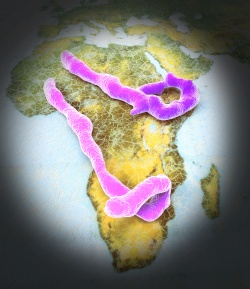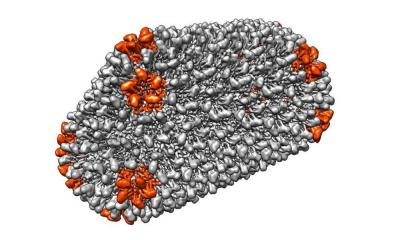New funding for Ebola hides an ongoing decline
A new report gives the first ever picture of global investment in Ebola research and development (R&D), reporting that this investment might have come at the expense of efforts to develop drugs, vaccines and diagnostics for other neglected diseases, which collectively cause more than six million deaths every year in developing countries.

The eighth annual G-FINDER report, released today, found that $3.4bn was invested in neglected disease R&D in 2014. It also found that new funding for Ebola R&D mobilised in response to the 2014 West African Ebola outbreak was entirely responsible for the $150m increase in neglected disease R&D funding in 2014, with funding for all other neglected diseases essentially unchanged (down $14m, or 0.4%).
The report found that a total of $165m was invested in Ebola R&D in 2014, more than for any other neglected disease except HIV/AIDS, malaria, tuberculosis (TB) and diarrhoeal diseases. Most of this funding came from the US Government, whose $101m contribution represented 86% of all public funding for Ebola R&D in 2014.
"This represents significant new investment in Ebola R&D, which was mobilised very quickly," said report co-author Dr. Nick Chapman, Director of Research at Policy Cures. "The challenge will be to make sure that this attention and funding is maintained as the epidemic subsides, to ensure that these products complete development." This was the first year that Ebola has been included in the G-FINDER report, but past investment has generally been minimal, at a little over $10m per year globally.
The report also noted that when Ebola is excluded, public funding for neglected disease R&D was actually at its lowest level in seven years, with public funding for non-Ebola R&D dropping by $62m in 2014. As the world's biggest funder of neglected disease R&D, much of this decline has been driven by the US Government. US Government funding for non-Ebola neglected disease R&D fell again in 2014 - further extending the large sequester-related cuts of the previous year - to be nearly a quarter of a billion dollars ($221m) below its 2009 peak.
Dr. Chapman said: "The response to Ebola has shown us what is possible. There would be a huge impact if we could translate this political and financial commitment to other neglected diseases - many of which cause more deaths in developing countries every year than Ebola, but received a fraction of the funding that Ebola did in 2014."
After the last G-FINDER report highlighted concerns about the declining pharmaceutical industry contribution to neglected disease R&D funding, this year's report found that industry investment in neglected disease R&D increased by more than a quarter from the previous year, only partly due to Ebola. This $98m increase was the first since 2010, and resulted in the largest industry investment in neglected disease R&D in the history of the G-FINDER survey. However the industry withdrawal from TB R&D continued, with industry TB investment now a third lower than its peak in 2010.
"The significant new industry investment in R&D for Ebola, malaria and HIV/AIDS shows that industry can contribute significant financial resources - as well as product development expertise - in the right conditions," Dr Chapman said. "But the challenge is ensuring that this investment happens. The ongoing cuts in industry investment in TB remain a concern, given increasing rates of drug resistance."
In positive news, funding for product development partnerships (PDPs) increased for the second year in a row, driven by increased funding from the Gates Foundation. PDPs are instrumental in the development of new tools to fight neglected diseases of patients in developing countries, and are involved in nearly every second product in the neglected disease pipeline, despite receiving just 16% of global funding.
Source: PATH - Global Health Technologies Coalition
03.12.2015











